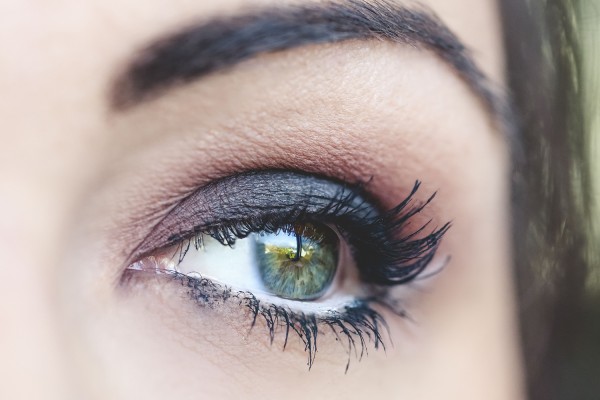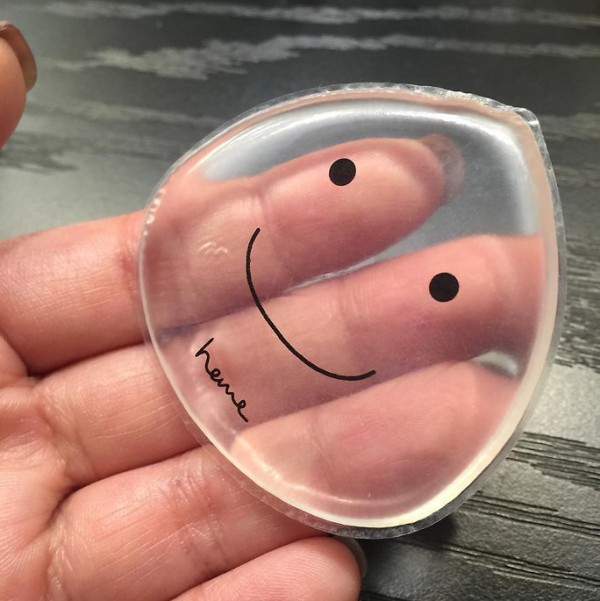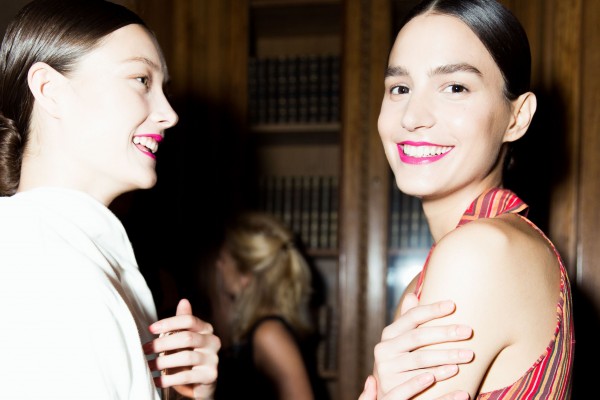A pair of earrings or necklace isn’t your best accessory—it’s your brows. Whether you like them perfectly arched or feathered and full, they’re the one feature that has the power to frame your face and transform your features. While there’s a number of pencils, powers, gels, and tattooing to get your brows just how you like them, there’s now another option that delivers semi-permanent results, with minimal upkeep and grooming required.
Microblading is an embroidery of small, precise strokes that mimic the effect of real hairs, and uses a special microblading pen to individually draw on the strokes. Unsurprisingly, the technique’s unparalleled natural finish has made its popularity skyrocket in recent months. Chances are you’ve probably spotted microblading on your Instagram feed, and may be curious as to whether or not you should give it a try. We spoke with Betsy Shuki, a microblading expert who performs the technique at plastic surgeon Dr. Scott Wells’ office in New York to find out all the do’s and don’ts of microblading your eyebrows.
Do Your Research
A quick Google search can give you the info of the technician closest to you, but Shuki suggests doing a little more research to guarantee you’ll get the brows you’re after. 'A well-established, experienced technician should have all appropriate licenses and certificates,' she says. 'I would recommend checking if the technician has previous photos of their work with reputable contacts. They should also be able to willingly answer all of the client’s questions, and offer as much information about the procedure from start to finish. And of course, it should always be performed in a clean, sterile environment.'
Read More: Eyebrow Threading For Guys – By YouTube Star Robin James
Do Your Prep Work
Leading up to your appointment, you should avoid plucking or waxing your brows because your technician will be making your new brow shape based on current measurements they’ll make before starting the procedure. You should also avoid using exfoliators 72 hours before the application, like any skincare products containing glycolic acid, Retin A, Renova, and alpha hydroxy acids, since they may inflame the skin, and taking medications such as blood thinners. 'The goal is for the skin to be as insensitive to the procedure as possible to limit bleeding,' says Shuki. 'Pregnant, nursing, and diabetic clients should avoid the procedure all together.'
Do Communicate With Your Technician
Your brow shape will be left up to your technician because they measure it based on your face shape and structure so you get the most natural finish. But, properly communicate with your technician to get your desired fullness. 'The shape of the brow is determined by taking six key measurements on the brow bone using a specialized protractor made for this procedure,' explains Shuki. 'Although I do not allow the client to dictate their shape, they can decide on the thickness of the brow while keeping it at a natural state (Not too thick, not too thin). I do have them hold a handheld mirror, so they understand how and why their shape is being made.'
Do Take Proper Care Post-Application
Once you have your ideal brows, it’s only natural you’ll want to show them off. However, avoid using skin care products and makeup on the area for a minimum of ten days following the application—or touch the area at all. 'Picking, peeling and scratching of the area should be avoided at all costs except for when rinsing and applying the post-care cream (which is client-specific) with a cotton swab,' says Shuki. Other things to avoid: Tanning, direct sunlight, swimming, increased sweating, and exercising for up to 10 days following the procedure. Once you’re healed, Shuki recommends applying a layer of SPF 30-50 sunscreen on your brows before heading out in the sun to prevent fading.
Read More: Best Eyebrow Pencils, Gels And Kits
Don’t Be Unrealistic About the Results
You may expect thick brows that rival Cara Delevingne’s, but it might take a few appointments before you reach your ideal brows. 'You should keep in mind that microblading is a two-step process and it is not permanent, and you shouldn’t expect to see full results after only one treatment,' explains Shuki. 'The strokes are very sharp initially, but will soften and migrate into the skin over time. You should take into consideration that different skin types also factor into results. Excessively oily skin, larger pores, thicker skin and eyebrow keratosis can affect the absorption of the pigment.'
Don’t Overdo It
Although it’s safe to get an application every 30 days, Shuki suggests doing it annually since depending on how your skin heals, the results can last from eight to 18 months.
Continued below…
Article courtesy of Erin Lukas at InStyle.com






